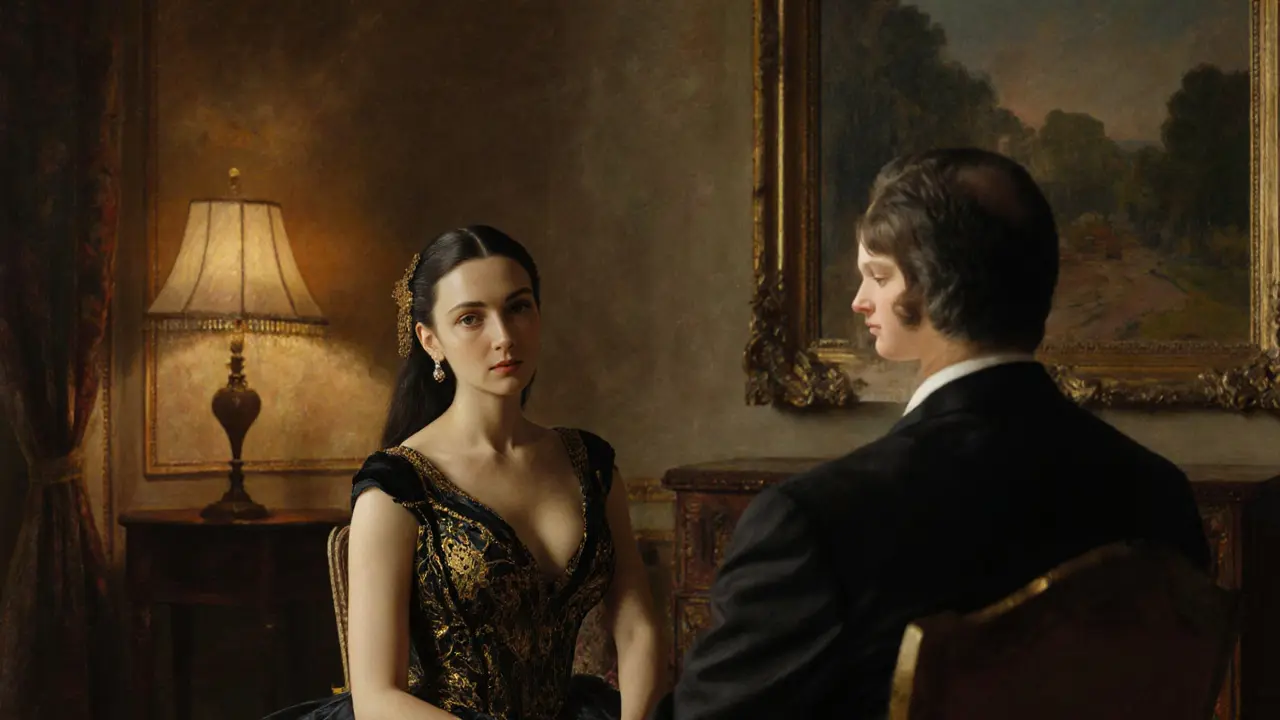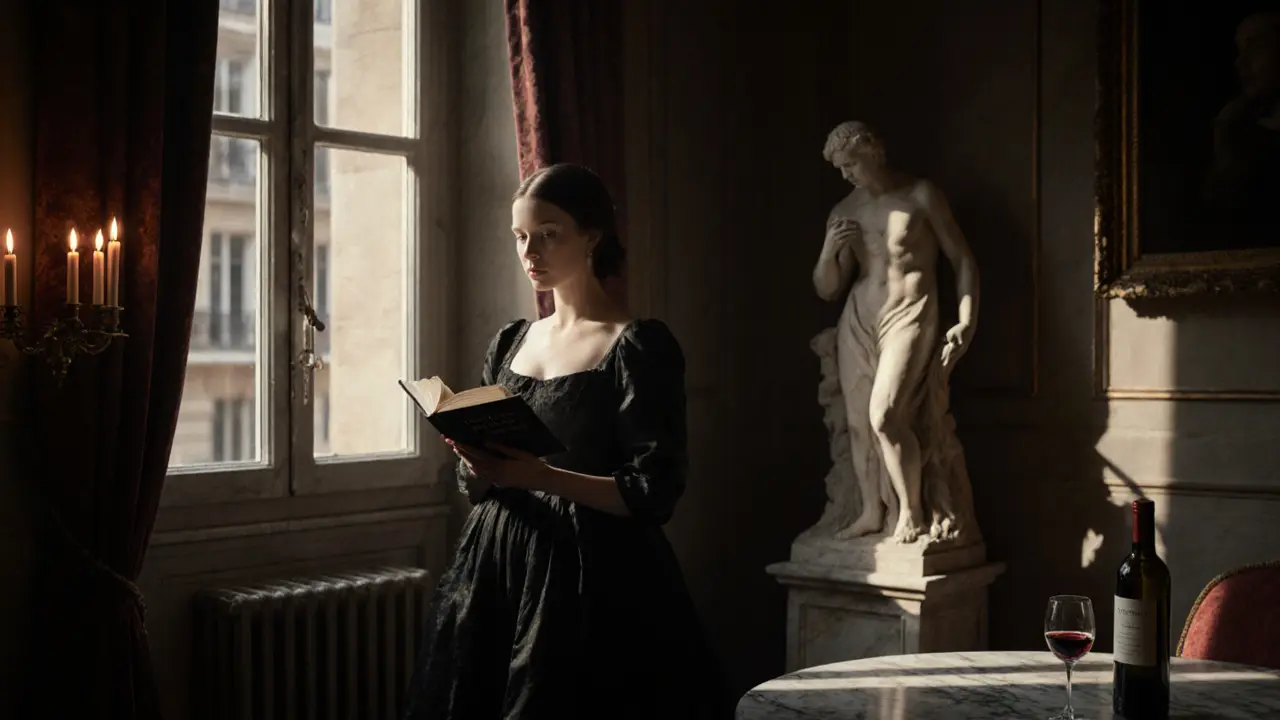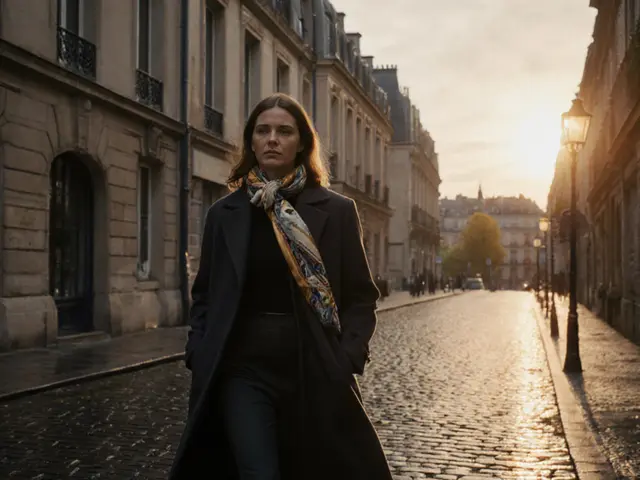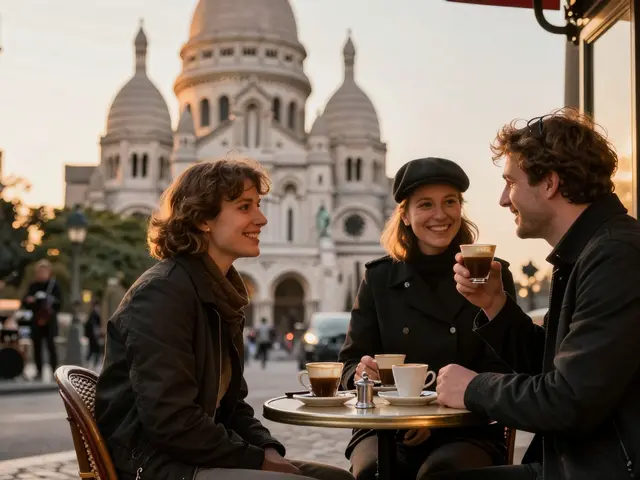Paris has always been a city where beauty walks hand in hand with desire. The Louvre holds centuries of painted longing. Montmartre’s alleys still echo with the footsteps of artists who turned prostitutes into muses. Today, that same tension lives in the quiet spaces between escort services and the city’s living art scene-not as something hidden, but as something understood.
Art Has Always Been About the Body
When you walk through the Musée d’Orsay, you’re not just looking at paintings. You’re seeing how artists in the 1800s turned women from the margins of society into icons. Courbet’s L’Origine du monde wasn’t scandalous because it showed nudity-it was scandalous because it showed truth. The woman in that painting wasn’t a noblewoman. She was likely a working woman, paid to sit still while a man captured her body in oil.
That dynamic hasn’t vanished. It’s just moved indoors. Today’s high-end escort services in Paris don’t just offer companionship-they offer presence. A client doesn’t pay for sex alone. They pay for someone who knows how to hold a conversation about Modigliani, who can quote Baudelaire over wine, who understands the weight of silence in a room lined with original Rodin sculptures.
Parisian Escorts as Living Sculptures
In the 7th arrondissement, where the Hôtel Salomon de Rothschild sits across from the Army Museum, some escorts are trained in posture, gesture, and poise like classical dancers. One agency, known only to a tight circle, requires candidates to study art history for three months before they’re allowed to meet clients. Not because clients ask for it-but because the clients already know.
These women don’t wear designer dresses to impress. They wear them to complete a scene. A black silk gown isn’t just fashion-it’s a reference to Klimt’s The Kiss. A single pearl earring isn’t jewelry-it’s a nod to the portrait of Madame X by Sargent. The client isn’t just paying for company. They’re paying to step into a living painting.
The Unspoken Code of the Parisian Art World
There’s a reason why so many artists, writers, and collectors in Paris have quietly relied on escort services. It’s not about secrecy. It’s about rhythm. The city moves in layers. You go to a gallery opening at Galerie Perrotin, then to a private dinner in a Saint-Germain apartment. The host doesn’t introduce the woman beside them as their girlfriend. They say, “This is Camille. She’s here for the evening.”
No one blinks. No one asks for a CV. The understanding is simple: she’s part of the atmosphere. She knows which vintage Bordeaux pairs with the truffle risotto. She knows how to laugh at the right moment during a debate on Duchamp’s readymades. She doesn’t need to be an expert-she needs to be present.
This isn’t exploitation. It’s collaboration. The escort isn’t a prop. She’s a co-creator of experience.

Why This Works Only in Paris
Try this in London. Try it in New York. The art world there is loud. It’s branded. It’s Instagrammed. In Paris, the art scene still breathes. It’s quiet. It’s intimate. It’s rooted in a culture that doesn’t separate beauty from function.
When you hire a high-end escort in Paris, you’re not hiring someone to fill a role. You’re hiring someone who already inhabits it. She’s read Proust. She’s been to the Musée de l’Orangerie before sunrise. She knows the difference between a Renoir and a Monet not because she studied it-but because she’s lived it.
There’s a famous story, unverified but widely told, about a Japanese collector who flew to Paris specifically to meet a woman who once posed for a photographer linked to Man Ray. He didn’t want sex. He wanted to sit with her in her apartment overlooking the Seine and talk about how light falls on skin at 4 p.m. in October. He paid €8,000 for six hours. He called it the most valuable experience of his life.
The Aesthetic of Discretion
What makes this different from other cities isn’t the sex. It’s the silence. In Paris, there’s no flashy website. No Instagram influencers posing in Chanel with a caption like “Luxe Life.” The agencies don’t advertise. They’re passed down by word of mouth-through gallery owners, antique dealers, architects who restore 18th-century hôtels particuliers.
The women don’t need to sell themselves. Their presence does it for them. They dress in vintage Dior, not because it’s expensive-but because it’s timeless. They speak French, English, and sometimes Italian, but never with an accent meant to impress. They know when to lean in and when to pull back. They know how to let a silence last longer than a sentence.
This is why clients return. Not for the body. Not for the fantasy. But for the feeling of being seen-not as a buyer, but as a human in a city that rarely lets you be one.

It’s Not About the Transaction. It’s About the Moment.
Think of it this way: a painting doesn’t need a price tag to be valuable. A symphony doesn’t need a program note to move you. And a woman who sits with you in a dimly lit room in the 6th arrondissement, discussing the poetry of René Char while candlelight flickers on the wall, doesn’t need to be labeled.
She’s part of the art.
And Paris? Paris has always known that the most powerful art isn’t hung on walls. It’s lived.
What This Means for the Future
As younger generations in Paris reject old hierarchies, this intersection is changing. More escorts are studying at the École du Louvre. More artists are collaborating with them-not as subjects, but as co-authors. One recent exhibition at the Palais de Tokyo featured portraits of escorts, painted by a former client, each titled with the woman’s real name and a quote from her favorite poem.
There’s no stigma here. Not anymore. Not in this city. The line between muse and woman has blurred. And in its place? A new kind of elegance.
It’s not about buying companionship. It’s about sharing a moment that feels like art.



